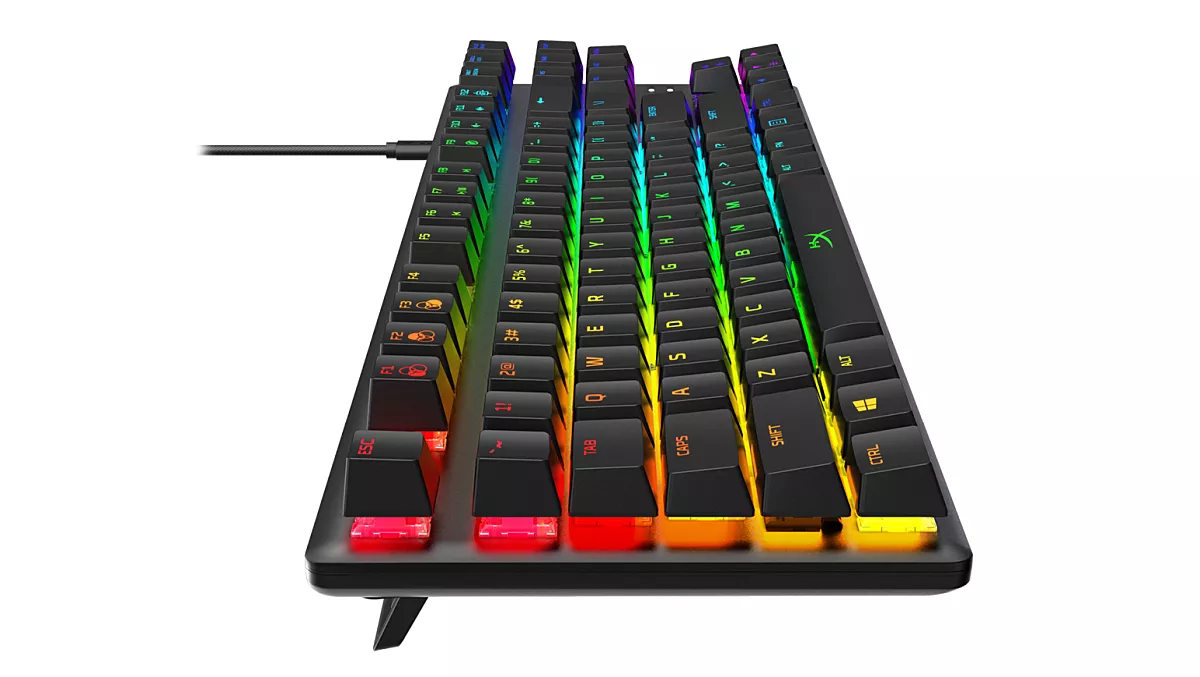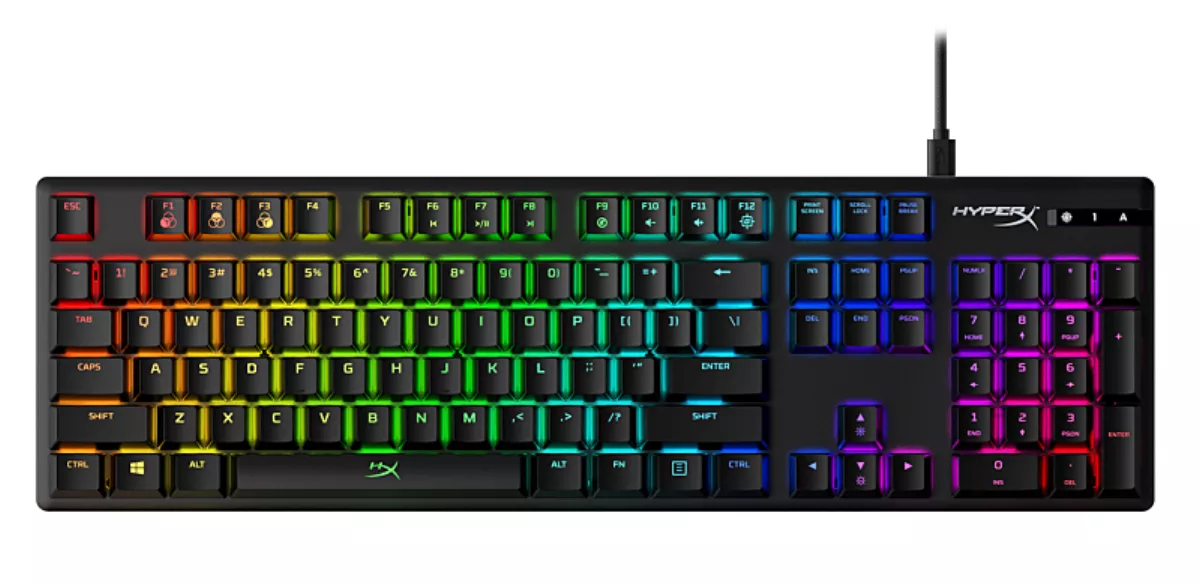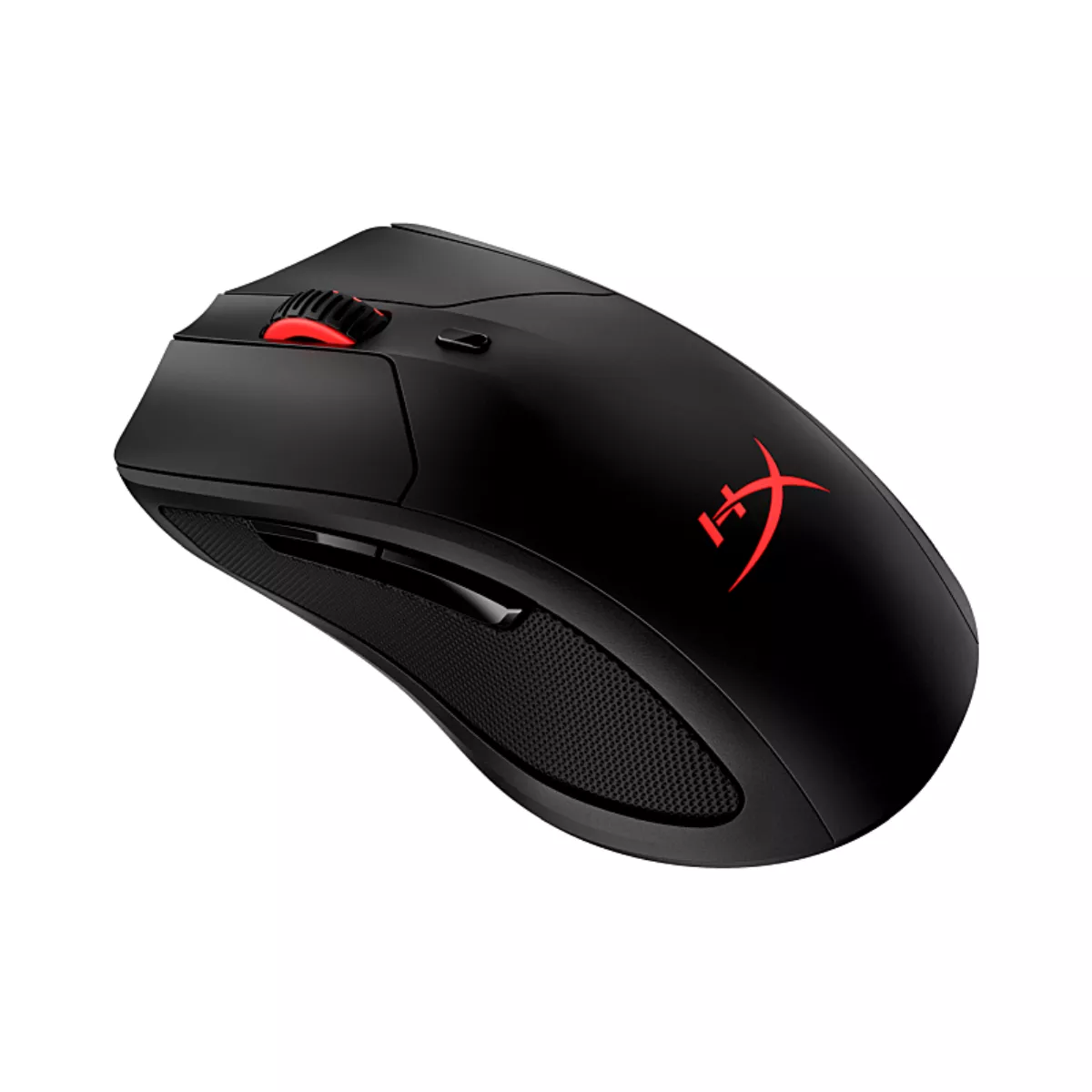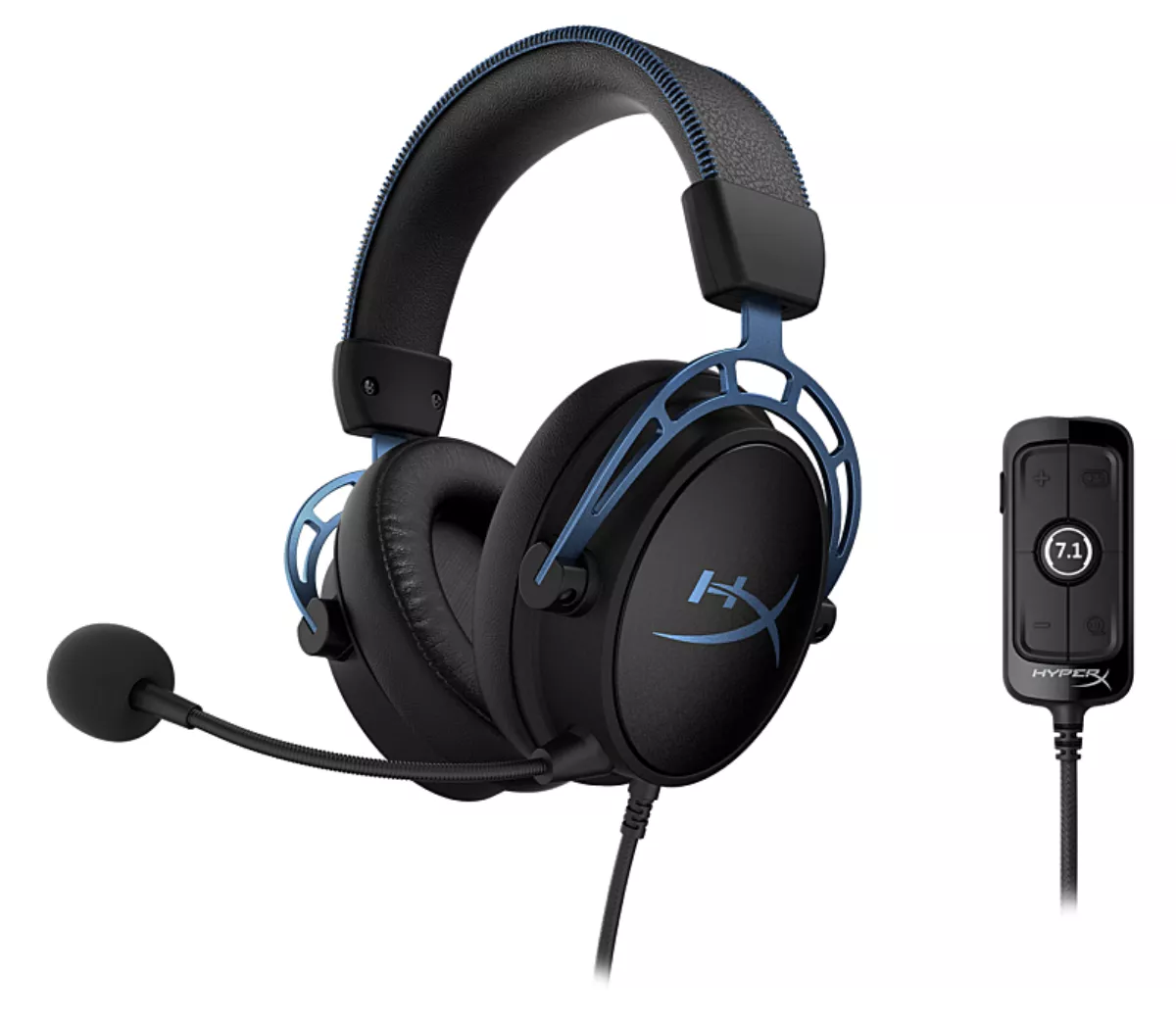
Hands-on review: HyperX peripherals - are they all they’ve cracked up to be?
Gamers can be picky when it comes to peripherals. When reaction time and accuracy can mean the difference between winning or losing, having a great keyboard, mouse and headset makes a difference — especially if there's money on the line.
The recent growth of esports has created a war of peripherals, and as the peripherals improve, gamers can afford to get choosy. The HyperX range is worth getting picky over.
Keyboard - HyperX Alloy Origins (RRP $259NZD)
I'll just say it: I've never used a keyboard that feels as good as the Alloy Origins. I have a lot to say about it, and it's all positive.
The brushed metal, bezel-less keyboard is one of the most visually appealing keyboards on the market. For RGB fanatics, the RGB profile of the Alloy Origins is fully-programmable in HyperX's native software Ngenuity, and it is bright.

It excels at everything, from gaming to typing. Packing HyperX's red switches, they promise the industry standard 80 million presses per key, and it's nice to hear them throwing their weight behind the keyboard.
Speaking of weight, this is heavy. Don't expect it to slide around your desk, because it won't be doing that any time soon. It feels almost unbreakable.
Mouse - HyperX Pulsefire Dart (RRP $149.99)
When it comes to computer mice, there's no right answer. Size, profile, weight and other factors will determine which mouse is right for you, so finding the right mouse can be a challenge. The Pulsefire Dart is a great option.
The most distinct feature of the Pulsefire Dart is its wireless connectivity. Wireless mice aren't particularly new-fangled, but the Dart's compatibility with Qi charging means it uses the same charger as some Apple, Samsung and Pixel devices.

The Dart is heavier than most gaming mice, which again, can go either way with gamers. The profile of the Dart is bulky: like, really bulky. For people who like a small, sleek mouse, this definitely isn't for you. But if you like a bit of weight behind your mouse, the Dart is right for you.
Despite taking umbrage with its profile, I found the Dart particularly ergonomic when it came to office work, and the leatherette side grips made it comfortable to use during long stints of typing or gaming. They do tend to get sweaty during prolonged use, but this is solved by a quick wipe-down.
Headset - HyperX Cloud Alpha S (RRP $221)
In my opinion, HyperX falls just short of the finish line with their latest headset: the Cloud Alpha S. With a longstanding pedigree for some of the market's best headsets, I felt there were both improvements and shortfalls for the Cloud Alpha S.
A big positive is that it feels robust, which is beneficial if you're prone to sitting on headsets like me.

Sound quality is noticeably better than previous iterations of HyperX headsets. With a greater depth of sound, and with controls on the braided cable that allow you to balance game volume and communication, the Cloud Alpha S has a level of functionality that will come as a blessing to gamers.
My issue with the Cloud Alpha S is that it is purely a gaming headset, and lacks functionality outside of gaming. It echoes a shortfall of its predecessors: the microphone needs to be attached if you want to play audio through the headset via mobile, so expect some odd looks walking through airports and on your morning runs.
The verdict
Overall, the latest additions to the HyperX family are worth looking into. The Pulsefire Dart and Alloy Origins feel refined, and although I have reservations with the Cloud Alpha S, all three options should be considered if you're looking for the very best peripherals.


